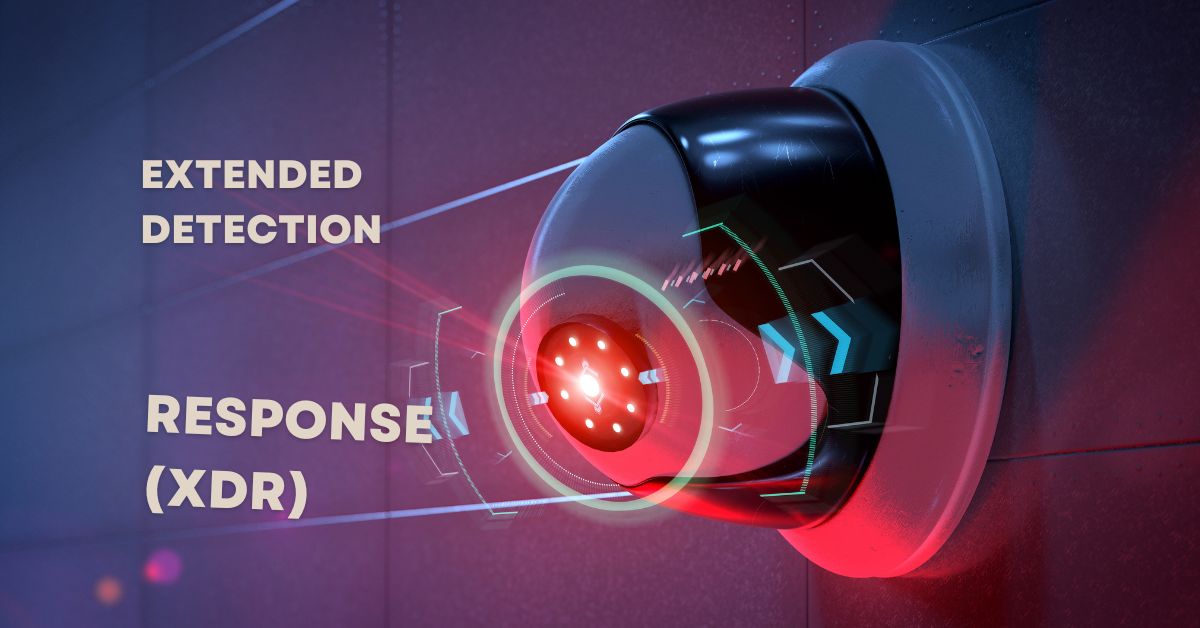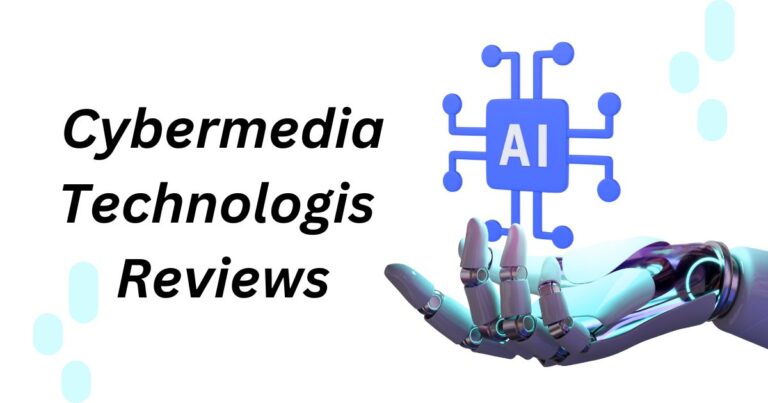
Cyber-Security-Technology
In an time where computerized dangers are ever-evolving, remaining ahead of cyber assaults is vital. As we move through 2024, progressions in Cyber Security Technology is reshaping the scene of computerized defense. This article dives into the best patterns and developments in cyber security innovation that you require to know this year. Whether you’re a commerce proprietor, IT proficient, or fair inquisitive almost the most recent in cyber security technology, this direct will give profitable experiences into the cutting-edge advances and procedures that are characterizing the field.
In the energetic world of cyber security, keeping up with the most recent innovations and patterns is basic for ensuring touchy data and guaranteeing the security of computerized resources. As we dive into 2024, a few advancements are forming the future of cyber security technology. This article on “cyber security technology: Best Patterns & Advancements You Require to Know in 2024” will investigate these key headways, advertising experiences into how they can improve your security posture.
The Rise of Fake Insights in cyber security technology

Artificial Insights (AI) has revolutionized numerous businesses, and cyber security is no special case. AI advances are presently necessarily to present day security arrangements, giving progressed strategies for risk location and response.
AI-Powered Risk Detection
AI-powered risk location frameworks utilize machine learning calculations to recognize and react to security dangers in real-time. These frameworks analyze tremendous sums of information to recognize designs and peculiarities that may demonstrate a security breach. The advantage of AI in this setting is its capacity to learn and adjust, making it more compelling over time.
Machine Learning Algorithms
Machine learning calculations are a subset of AI that empower frameworks to make strides their execution based on encounter. In cyber security, these calculations offer assistance in identifying unused and obscure dangers by analyzing authentic information and recognizing unordinary behaviors that might imply an assault. As these calculations advance, they gotten to be superior at foreseeing and relieving potential threats.
Zero Believe Architecture

Zero Believe is a security demonstrate that accept no client or gadget can be trusted by default, in any case of whether they are interior or exterior the organize. This show is progressively embraced to improve security measures.
Understanding Zero Trust
Zero Believe works on the rule of “never believe, continuously verify.” It requires ceaseless confirmation of clients and gadgets, guaranteeing that as it were verified and authorized substances can get to assets. This approach minimizes the chance of unauthorized get to and information breaches.
Implementing Zero Trust
Implementing a Zero Believe engineering includes a few key steps:
- Identity and Access Management (IAM): Guarantee that as it were confirmed clients and gadgets have get to to resources.
- Network Division: Isolate the organize into littler, secure portions to restrain the spread of potential breaches.
- Continuous Checking: Frequently screen and assess get to demands and arrange exercises to identify and react to dangers promptly.
Extended Detection and Response (XDR)

Detection and Response (XDR) is an coordinates security arrangement that gives a bound together approach to risk location and reaction over different security layers.
What is XDR?
XDR solidifies information from numerous security arrangements, such as Endpoint Detection and Response (EDR), Network Traffic Analysis (NTA), and Security Information and Event Management (SIEM). By joining these information sources, XDR offers a comprehensive see of the risk scene and empowers more viable risk management.
Benefits of XDR
The key benefits of XDR include:
- Enhanced Perceivability: Gives a all encompassing see of security occasions over the organization.
- Improved Discovery: Combines information from different sources to distinguish dangers more accurately.
- Streamlined Reaction: Robotizes reaction activities and workflows, decreasing the time to relieve threats.
Quantum computing and cyber security technology

Quantum computing speaks to a critical jump in computational control, which may affect cyber security technology in significant ways.
Quantum Threats
Quantum computers have the potential to break conventional encryption strategies, which depend on complex numerical issues that quantum computers might illuminate rapidly. This postures a danger to information security, as current encryption benchmarks may gotten to be obsolete.
Preparing for Quantum Computing
To get ready for the quantum computing period, organizations are investigating quantum-resistant encryption strategies. These strategies point to make encryption calculations that are secure against quantum assaults, guaranteeing that touchy information remains protected.
Blockchain innovation in cyber security technology

Blockchain innovation, best known for its part in cryptocurrencies, has applications in cyber security that can upgrade information judgment and transparency.
How Blockchain Upgrades Security
Blockchain gives a decentralized and unchanging record, making it troublesome for noxious performing artists to modify or alter with information. By leveraging blockchain, organizations can guarantee that exchanges and information sections are secure and verifiable.
Applications of Blockchain
Some eminent applications of blockchain in cyber security include:
- Secure Exchanges: Improving the security of money related exchanges and contracts.
- Identity Confirmation: Giving a secure strategy for confirming client characters and get to rights.
- Data Judgment: Guaranteeing the exactness and genuineness of information put away on the blockchain.
The Part of Cloud Security

As more organizations move their operations to the cloud, guaranteeing cloud security has ended up a basic concern.
Cloud Security Challenges
Cloud security faces a few challenges, including:
- Data Breaches: Securing delicate information from unauthorized get to and breaches.
- Misconfigured Settings: Guaranteeing that cloud administrations are arranged accurately to avoid vulnerabilities.
- Compliance: Assembly administrative prerequisites and guidelines for information protection.
Innovations in Cloud Security
To address these challenges, a few developments in cloud security are emerging:
- Cloud Access to Security Brokers (CASBs): Apparatuses that give perceivability and control over cloud administrations and data.
- Encryption: Progressed encryption procedures to secure information both in travel and at rest.
- Automated Security Administration: Arrangements that utilize AI to naturally distinguish and react to security dangers in the cloud.
Human-Centric Security Solutions

While innovation plays a crucial part in cyber security, human components are similarly critical. Human-centric security arrangements center on making strides client behavior and mindfulness to upgrade in general security.
User Behavior Analytics
User Behavior Analytics (UBA) includes analyzing client exercises and behaviors to distinguish designs that may show security dangers. By understanding ordinary client behavior, UBA can identify inconsistencies that seem mean a potential threat.
Security Mindfulness Training
Training workers on cyber security best hones is pivotal for avoiding security breaches. Security mindfulness preparing programs teach clients around common dangers, secure hones, and how to recognize suspicious activities.
“Cyber Insurance for Technology Companies: Key Benefits and Coverage Tips You Need to Know”
FAQs
Q1: What is Zero Believe Architecture?
A1: Zero Believe Engineering is a security show that expect no client or gadget can be trusted by default, in any case of their area. It requires persistent confirmation of clients and gadgets to get to assets, minimizing the hazard of unauthorized get to and information breaches.
Q2: How does AI contribute to cyber security technology?
A2: AI improves cyber security technology by giving progressed danger location and reaction capabilities. AI-powered frameworks utilize machine learning calculations to analyze information, distinguish designs, and distinguish potential dangers in real-time.
Q3: What are the benefits of Expanded Location and Reaction (XDR)?
A3: XDR gives upgraded perceivability, made strides danger discovery, and streamlined reaction by joining information from different security arrangements. It offers a comprehensive see of security occasions and computerizes reaction actions.
Q4: How does blockchain innovation upgrade cyber security technology?
A4: Blockchain innovation improves cyber security technology by giving a decentralized and unchanging record. It guarantees that information and exchanges are secure and unquestionable, making it troublesome for noxious on-screen characters to modify or alter with information.
Q5: What challenges are related with cloud security?
A5: Cloud security challenges incorporate information breaches, misconfigured settings, and compliance with administrative prerequisites. Developments in cloud security, such as CASBs and progressed encryption methods, are tending to these challenges.
Conclusion
As we explore through 2024, cyber security technology proceeds to development, advertising modern apparatuses and methodologies to combat advancing dangers. From AI-powered danger discovery to blockchain innovation and cloud security advancements, remaining educated approximately the most recent patterns is fundamental for keeping up strong security guards. By understanding and executing these best patterns and developments in cyber security technology, organizations can superior ensure their advanced resources and guarantee a more secure online environment.
By consolidating these most recent progressions and understanding their suggestions, you can remain ahead in the ever-evolving field of







